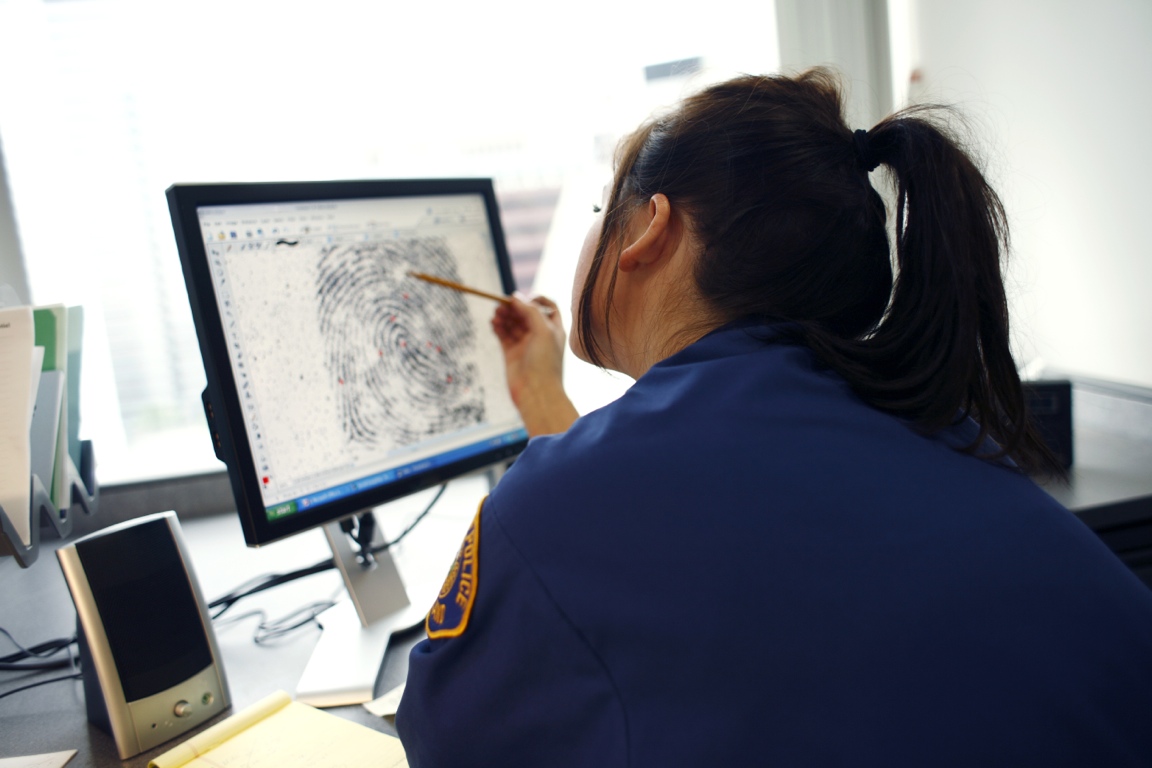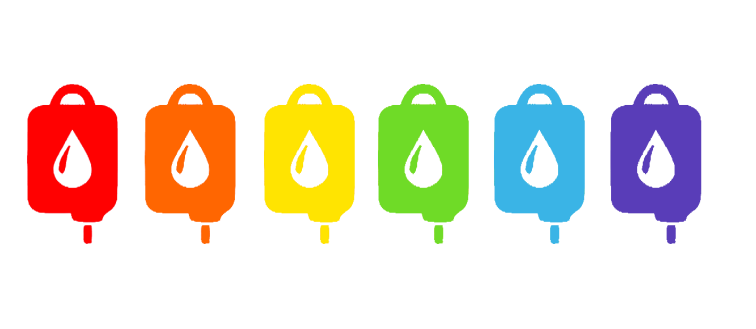Associate Professor Barbara Masser with Alison Gould
The University of Queensland; The Australian Red Cross Blood Service
“Hi Kylie, your blood donation is at work! Your blood has gone on to save lives at St Vincent’s Hospital”. My friend proudly showed me the text she had received after her last blood donation. As we caught up over lunch, together we wondered just whose lives she would save. Blood collection agencies around the world now routinely text message their donors to thank them for their donation and to tell them when their donation is being put to use. While there are no official statistics on the impact of this initiative in driving donor retention, the widespread adoption of this 2012 Swedish initiative by blood collection agencies in the UK, Australia, Canada, and elsewhere suggests that it is a major success. Donors talk and tweet of feeling good that their blood is being used, and of when knowing precisely when their life saving gift is doing just that.
But the key question is, why does this simple phrase coupled with a bit of distribution information work? The positive effect of saying ‘thank you’ is well documented – for example, restaurant servers who simply write ‘thank you’ on the back of their bill receive more tips than those who just give an unannotated bill. However, blood collection agencies are not asking for a few more millilitres, what they want is return behaviour (and possibly a bit of recruitment too…). Among those who donate less frequently, and therefore don’t yet identify as a partner with the not-for-profit organisation, acknowledging their contribution boosts their commitment and increases their intention to donate again. Experimental research suggests that this occurs because the simple act of saying ‘thank you’ improves the donor’s mood and makes them more likely to take action.
So is this all that is going on with blood donors? Donating blood is different to donating money. When you give money to a charity, your donations can be used for a multitude of things from infrastructure building through to life saving medical interventions. But you as the donor don’t get to choose. By contrast, when you donate blood, you simply give the gift of life. The product you give is good for nothing else. So it is no surprise that one of the most consistent findings in our research with donors is that they give because they want to save lives (and not just eat delicious biscuits – sorry :)). But there is more than pure altruism at play. Whenever we achieve a goal, we feel good, and blood donors literally feel joy from giving. Although this ‘warm glow’ it is likely to fade while they wait out the 12 weeks between donations and their lives get busy. The clever thing about this text message is that it reminds donors of the moment they donated and this brings back the positive feelings they experienced at the time. This may well re-energise their want to give again. Plus, those (perhaps) annoying beeps as the text message arrives give them license to share to enhance those positive feelings, tell those they’re with just how easy it is to save three lives, and thereby perhaps to bring a new donor with them when they return to donate again.
To read more about Associate Professor Barbara Masser’s 15-year collaboration with the Australian Red Cross Blood Service, check out The University of Queensland’s Research Impact feature here.



